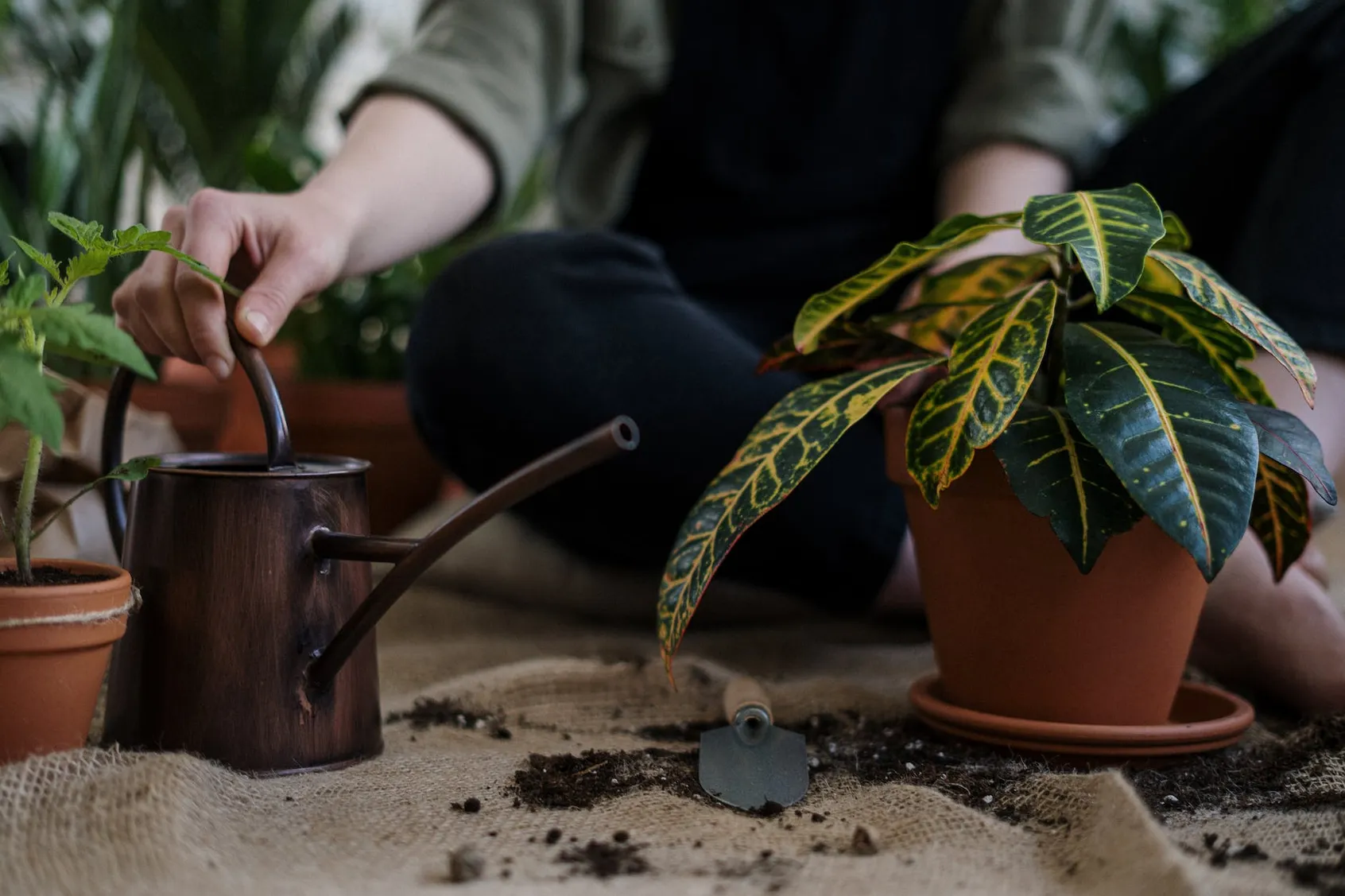KitchenAid blenders are a popular choice for those looking to make smoothies, juices, and other blended drinks quickly and easily. Their powerful motors and durable blades can easily handle tough ingredients like nuts and ice.
But when it comes to cleaning, many people wonder, can KitchenAid blender go in the dishwasher? This article will explore the answer to this question and provide helpful information on the best way to clean a KitchenAid blender.
Can KitchenAid Blender Go In Dishwasher?
One of the most commonly asked questions regarding kitchen appliances is whether or not a KitchenAid blender can be placed in the dishwasher. The answer is not as simple as a yes or no, depending on the type of blender and its components.
The KitchenAid blender is a versatile kitchen appliance that can be used for various tasks. It is capable of blending, chopping, and pureeing different ingredients. Some KitchenAid blenders have removable parts, such as blades and jars, which can be put in the dishwasher. However, putting the entire blender in the dishwasher is not recommended, as the appliance may be damaged in the process.
The best way to clean a KitchenAid blender is to take it apart and hand wash the removable parts in warm soapy water. This is the safest way to clean the blender, as it will ensure that all of the parts are properly cleaned and that no damage is done to the appliance. Additionally, some KitchenAid blenders come with cleaning brushes and solutions that can be used to safely clean the appliance.
In addition to hand washing, some KitchenAid blenders can also be wiped down with a damp cloth. This is the best way to remove any residue that may have been left on the blender, as well as any food particles that may have been left behind.

Types Of KitchenAid Blenders
There are several types of KitchenAid blenders to choose from, each with its own unique features and benefits. Here are a few of the most popular types:
- Classic Blenders: These traditional blenders come with a 56-ounce pitcher and are perfect for making smoothies, soups, and sauces.
- High-Performance Blenders: As the name suggests, these blenders are designed for heavy-duty blending tasks. They come with larger pitchers, more powerful motors, and special blades to tackle tougher ingredients like vegetables, nuts, and ice.
- Immersion Blenders: Also known as stick or hand blenders, these are perfect for blending smaller batches of food directly in the pot or bowl. They are compact, easy to use, and versatile.
- Personal Blenders: These small, single-serve blenders are great for making smoothies, protein shakes, and other drinks on the go. They are portable, easy to clean, and come with travel cups for added convenience.
- Food Processor Blenders: These blenders come with food processing attachments, allowing you to chop, dice, and slice vegetables, fruits, and other ingredients directly inside the blender. They are perfect for preparing meals quickly and efficiently.
How To Choose The Right KitchenAid Blender?
Choosing the right KitchenAid blender depends on your specific needs and preferences. Here are some factors to consider when making your decision:
- Power: Look for a blender with a high-power motor if you plan on blending tough ingredients like ice or frozen fruits regularly.
- Capacity: Consider how much you plan on blending at one time. If you frequently make large batches, opt for a blender with a bigger jar.
- Speed options: Some blenders come with multiple speed settings, allowing you to blend at different speeds depending on the ingredients. This may be important if you plan on using your blender for various recipes.
- Accessories: Some KitchenAid blenders come with accessories like additional blades or containers. Consider which accessories would be helpful for the types of recipes you plan on making.
- Price: KitchenAid blenders can vary greatly in price, so consider your budget and how often you plan on using the blender before making a decision.
It’s important to choose a blender that meets your needs and fits your budget. Take the time to research and compare different models before making a decision.
How To Clean KitchenAid Blender?
Cleaning a KitchenAid blender is an important part of kitchen maintenance. It’s important to keep your blender clean and sanitary to avoid any food-borne illnesses and maximize your blender’s life.
Unfortunately, many people don’t know how to clean a KitchenAid blender. The most important thing to remember is that the KitchenAid blender should never be put in the dishwasher.
The first step to cleaning a KitchenAid blender is to unplug the appliance from the wall and remove the lid and the blade assembly. You can then rinse the components with warm, soapy water and use a soft cloth to clean them. To get rid of any stubborn stains, you can use a sponge or soft brush to scrub the inside of the blender. If you need to, you can also use a mild, non-abrasive cleaner to remove any residue.
Once the blender has been cleaned, you should dry the components with a clean, dry cloth and then reassemble the blender. Make sure to use a dry cloth to avoid any water spots. After everything has been put back together, you can fill the blender with warm, soapy water and turn it on for about 30 seconds to help remove any lingering bacteria.
It is important to remember that you should never put a KitchenAid blender in the dishwasher. The high temperatures used in dishwashers can damage the plastic components of the blender and may even cause them to melt. If you need to use a dishwasher to clean your blender, it’s best to use an appliance-specific cleaner that is designed to be used in a dishwasher.

How To Clean Blender Base?
Cleaning a KitchenAid blender base can be a simple task if done correctly. The first step is to ensure the blender is unplugged from any electrical outlets.
First, fill the blender base with warm water and a few drops of mild dishwashing liquid. Place the lid onto the blender, and turn it on for 10-20 seconds to help distribute the soap.
Next, rinse the blender with warm water to remove any soap residue. Finally, use a damp cloth to wipe down the outside of the blender and to make sure that there is no remaining moisture.
For an extra deep clean, you may choose to use a brush or a sponge with a bit of mild dishwashing liquid. Gently scrub the blender base, and make sure to get into all the nooks and crannies. After scrubbing, rinse the blender with warm water and repeat the process until the blender is completely clean.
How To Store The Blender?
To properly store your KitchenAid blender, you should disassemble it into its parts and wash them in the dishwasher. This includes the jug, lid, blade, and gasket. Make sure to use a gentle dishwashing detergent and avoid any abrasive cleaners, which can damage the plastic components.
When the parts are clean and dry, reassemble the blender and ensure that all components fit properly. If the blender has a plug, make sure to unplug it before starting and store it in a safe place. Place the blender in an area without exposure to extreme temperatures, humidity, or dust.
The blender can be stored in its jug if you’re short on space. Simply place the lid on the top and wrap the cord around the handle. This way, the blender is ready to go when you need it.
KitchenAid Blender Safety Tips
When using a KitchenAid blender, keeping safety in mind is important. Here are a few tips to ensure that you use your blender safely:
- Make sure the blender is securely in place before turning it on. The base should be on a flat, stable surface, and the blender should be locked into place.
- Always use the blender with the lid on. This will prevent any ingredients from splattering out of the blender and causing injury.
- Avoid overfilling the blender. Only fill it to the maximum level indicated in the manual. Overfilling can cause the blender to jam or malfunction.
- Never stick your hand or any utensils into the blender while operating. Turn off the blender and unplug it before attempting to remove any stuck ingredients.

Troubleshooting Common KitchenAid Blender Issues
If you’re experiencing issues with your KitchenAid blender, there are a few common troubleshooting steps you can take to try to resolve the problem:
- Blender not turning on: Check to ensure the blender is properly plugged in and the outlet is working. If the outlet is working, check the fuse or circuit breaker to see if it has tripped.
- Blades not turning: This can happen if there is an obstruction in the blender, such as too much food or ice. Turn off the blender and remove the obstruction before restarting it. If the problem persists, the blades may be damaged and need to be replaced.
- Blender not blending properly: If your blender isn’t blending ingredients evenly or making strange noises, check to ensure the blade is securely attached and isn’t damaged. You may also need to adjust the speed settings or manually stop the blender and stir the ingredients.
- Leaking blender jar: If your blender is leaking, it’s likely because the gasket or sealing ring is faulty or misplaced. Check the manufacturer’s instructions to see if you need to replace the gasket or ring or adjust their placement.
- Burning smell: If you smell a burning odor, stop using the blender immediately and unplug it. This may indicate that the motor is overheating or that there is another serious issue that needs to be addressed by a professional.
If these troubleshooting steps don’t resolve the issue, it may be time to contact KitchenAid customer service or a professional repair technician to get your blender back to working smoothly.
Is KitchenAid Diamond Blender Dishwasher Safe?
A KitchenAid diamond blender is a great kitchen appliance for making a variety of delicious smoothies, soups, and sauces. Many people wonder if their KitchenAid diamond blender is safe to put in the dishwasher.
The good news is that the KitchenAid diamond blender is indeed dishwasher safe. This means that the blender can go right into the dishwasher with all the other dishes. The dishwasher will be able to get the blender clean and sanitize it in the process.
When it comes to washing the blender in the dishwasher, there are a few tips to keep in mind. First, you should always make sure to remove any large chunks of food that may still be in the blender before putting it in the dishwasher. This will help to ensure that the blades of the blender do not become clogged or damaged by the large pieces of food.
Additionally, it is important to avoid overloading the dishwasher with dishes. If the dishwasher is too full, the blender pieces may not get as clean as they should.
It is also important to remember that the KitchenAid diamond blender should not be put in the dishwasher with any metal utensils. The metal utensils can cause damage to the blender and can even cause it to rust.
Additionally, it is important to ensure the blender is completely dry before putting it away. If the blender is not completely dry, it can cause problems with the motor, as well as cause rusting.
Is KitchenAid Food Processor Dishwasher Safe?
The KitchenAid food processor is a convenient and versatile kitchen tool that can be used to chop, dice, and blend various ingredients. But the question of whether or not a KitchenAid food processor can go in the dishwasher is one that people often ask. The answer is that, while the processor itself is not dishwasher safe, most of its removable parts can be put in the dishwasher.
The removable parts of a KitchenAid food processor, such as the bowl, lid, blade, and pusher, can all be cleaned in the dishwasher. However, it is important to note that the processor base should not be put in the dishwasher.
It should be wiped down with a damp cloth and mild detergent and then dried thoroughly before the next use. The removable parts should also be washed by hand before being placed in the dishwasher to ensure that all food particles have been removed.
The dishwasher can be used to clean the removable parts of a KitchenAid food processor, but it is important to take the necessary precautions when doing so. It is recommended that the parts be placed in the top rack of the dishwasher, away from any heating elements. This will help to prevent any damage that may occur due to the high heat of the dishwasher.
It is also important to ensure that the removable parts are properly secured in the dishwasher rack to prevent them from moving around or becoming damaged.
Is KitchenAid Mixer Dishwasher Safe?
Regarding kitchen appliances, the KitchenAid mixer is one of the most popular and versatile tools. But one question often arises is whether or not the KitchenAid mixer is dishwasher safe. The answer to this question is both yes and no. Depending on the model of KitchenAid mixer you have, the answer can change.
For most KitchenAid mixers, the bowl and the beaters can be placed in the dishwasher. However, the mixer’s base is not made to be put in the dishwasher. This is primarily because the base of the KitchenAid mixer contains electrical components that could be damaged by the heat of the dishwasher. Therefore, the base of the mixer should be hand washed with warm, soapy water.
Alternatives To A KitchenAid Blender
While it may be tempting to put your KitchenAid blender in the dishwasher for easy cleaning, it is best to avoid this and instead clean it by hand. Fortunately, several alternatives to a KitchenAid blender can be put in the dishwasher.
For those who want a blender that can be put in the dishwasher, glass or stainless steel blenders are the best option. Glass and stainless steel are both non-porous materials that are safe to put in the dishwasher. Additionally, they are easy to clean by hand if necessary.
Another option is an immersion blender. These are hand-held blenders that are great for making smoothies and purees. Unlike KitchenAid blenders, they can be put in the dishwasher with no risk of damage. Immersion blenders are also more affordable than KitchenAid blenders, making them an attractive option for those on a budget.
Finally, some blenders are specifically designed to be put in the dishwasher. These blenders usually have removable parts that can be put in the dishwasher for easy cleaning. They also come with special seals and motors designed to resist dishwasher detergent damage.
Conclusion
In conclusion, the answer to the question of whether a KitchenAid Blender can go in the dishwasher is yes, but with some precautions. The removable parts, such as the lid and blade assembly, should be washed by hand with warm, soapy water.
The blender base should be placed in the top rack of the dishwasher only, and the heat-dry setting should not be used. With these precautions, putting your KitchenAid Blender in the dishwasher is safe.
Frequently Asked Questions:
Is KitchenAid blender parts dishwasher safe?
No, KitchenAid blender parts are not dishwasher safe and should be hand washed with warm, soapy water.
Can KitchenAid hand blender go in the dishwasher?
No, putting a KitchenAid hand blender in the dishwasher is not recommended. Hand blenders can be washed with hot, soapy water and a soft cloth or sponge.
Can I put a blender in the dishwasher?
No, you should not put a blender in the dishwasher. Blenders can be washed by hand with warm soapy water.
Is KitchenAid k400 blender dishwasher safe?
No, the KitchenAid K400 Blender is not dishwasher safe. Hand washing with warm, soapy water is recommended.
What kind of blades does a KitchenAid blender have?
Most KitchenAid blenders have stainless steel blades with a four-point design. The blades are designed to quickly and efficiently cut through ingredients and create a smooth blend.
How do I clean my KitchenAid blender?
To clean a KitchenAid blender, unplug it, remove the blade assembly, fill the jar with warm, soapy water, replace the assembly, and blend on low speed. Then, empty the soapy water and rinse the jar with clean water, using a scrub brush if necessary. Finally, dry with a clean cloth.
Can I blend hot liquids in a KitchenAid blender?
Yes, you can blend hot liquids in a KitchenAid blender. However, you should ensure only to use liquids below the “maximum fill” line indicated on the blender jar. Additionally, it is best to start with a lower speed setting and gradually increase the speed as needed.
Is a KitchenAid blender suitable for making smoothies?
Yes, a KitchenAid blender is suitable for making smoothies. It is equipped with a powerful motor and blade system that is capable of blending ingredients together to create a smooth and creamy smoothie.
